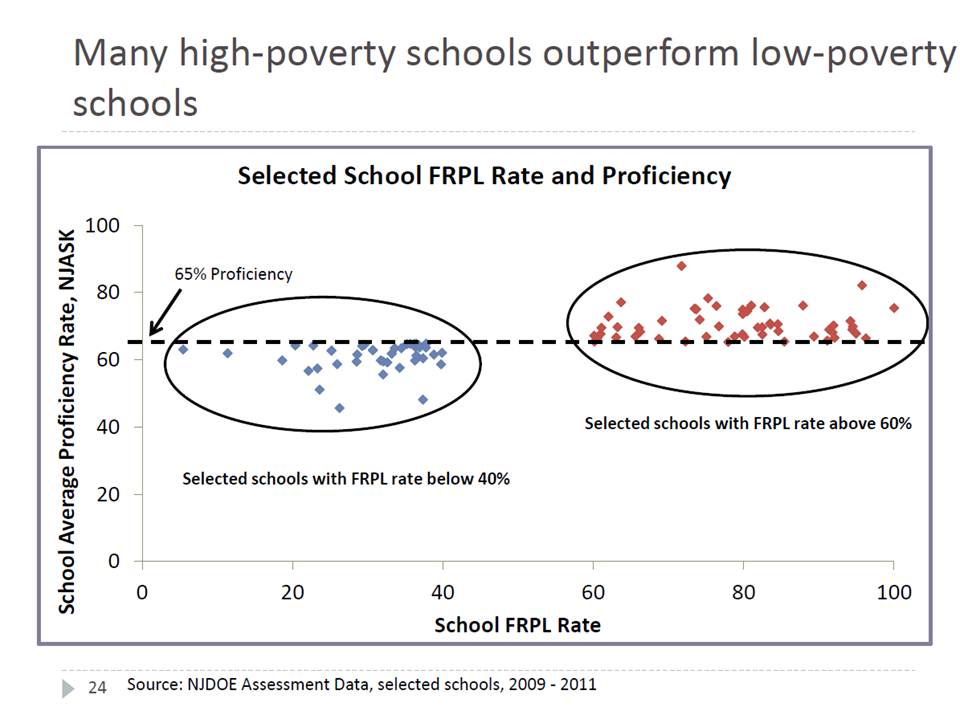There are a lot of angry words going around about the recent release of NYC teachers’ value-added scores. I, too, disagree with the decision, and the blogosphere is full of voices who are upset, shamed, and bemused that administrators would ever think it acceptable to release such data. Value-added measures are hardly a fool-proof accountability tool. So, I bring to you a ton of links that respond to the release of these scores:
- Bruce Baker of School Finance 101 published two thorough pieces on the VAM of NYC teachers. Both examine whether the value-added data can actually tell us anything useful about what goes on in the classroom. Short answer: not really.
- Unsurprisingly, and thankfully, Matt Di Carlo also published a piece analyzing the data.
- Valerie Strauss at the Washington Post’s The Answer Sheet posts an email from a principal who has found terrible inaccuracies in the reporting of her school’s data, not to mention gross generalizations that fail to capture the actual quality of the teachers there.
- Gary Rubenstein also ran a two-piece post on his analysis of the VA data. He comes at the data from the perspective of a K12 educator with years of experience, and his hypotheses and findings correlate strongly with the more technical findings of Baker and others.
- And, in case you weren’t sure why people are up in arms about the release of this data, just read Diane Ravitch’s piece on the subject.
___________________________
Just for kicks, check out the text in SB 507 out of the Wisconsin state legislature. You may need to read it twice to fully absorb:
[An amendment] requiring the Child Abuse and Neglect Prevention Board to emphasize nonmarital parenthood as a contributing factor to child abuse and neglect.
Now, moving on.
This story about a homeless mother being thrown in jail for using a fake address to get her son into a better school has been heard before, but it also strikes me as one of the strongest points in favor of a more centralized form of education. The kicker? She has to pay back the district for the money she ‘stole.’ Yes, because a homeless woman has both an address and the ability to pay property taxes to support her place in the education system. Public education is meant to be free for all, no? Some may argue that her child has the most to gain from free education, no?
Let’s now contrast this story with a parent whose intentions are a bit more transparent. One father wrote into Lynn O’Shaughnessy on The College Solution to applaud himself because his children pay for college by claiming independent status on their taxes (per their father’s insistence). As Lynn points out, qualifying as an independent means taxpayers are contributing to that student’s college education. In some circumstances, this is not only appropriate but laudable. In this instance, it’s just sad. His actions are taking financial aid from students who many need it more. Nothing upsets me more.
Ken Libby, on a guest post for The Shanker Blog, does a quick analysis of where Gates Foundation grant money is going. Most fascinating to me? The drop in donations to charter schools. While the number of charter school grants is the same, the amount of money donated has dropped dramatically. Perhaps the venture philanthropy that so many charter school networks rely on isn’t as sustainable as we all thought.
A few wrap-up pieces!
A recently-released study from Loyola University finds that art class was a leading factor in increasing student test scores at three Chicago schools. Small sample and an outcome focus on standardized testing, but still interesting!
A Florida charter school is being examined for potential links to Scientology — a no-no in charter school authorization land.
___________________
Finally, Bruce Baker discovered during his examination of the recent State of NJ Schools presentation that NJ has apparently proved that poverty doesn’t matter! “Selected schools”? I could make almost any student achievement dataset look like that if I tried hard enough. Attempting to misleadthe audience — great job, team!
